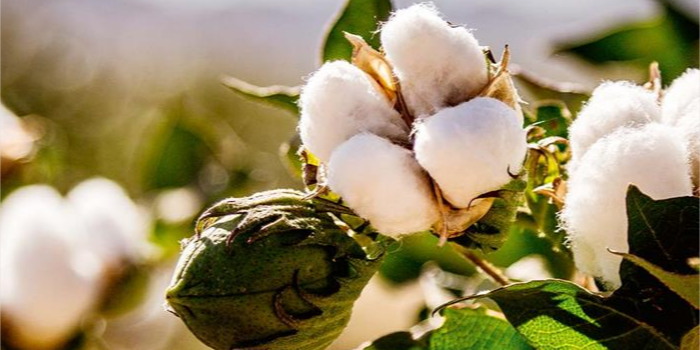
Textile Exchange unveils Organic Cotton Market report
Textile Exchange, a non-profit organisation of leading brands, retailers, and suppliers, has released its 2020 Organic Cotton Market report. The report reveals data collected for the 2018/19 harvest year.
Textile Exchange, a non-profit organisation of leading brands, retailers, and suppliers, has released its 2020 Organic Cotton Market report. The report reveals data collected for the 2018/19 harvest year. It shows an increase of 31 per cent in organic cotton production over the previous year, making it the second-largest harvest on record after 2009/10.
In addition to data per region, the report is sprinkled with insights from industry professionals about their current projects, challenges, successes, goals, and visions for the organic cotton sector, with a particular focus this year on impacts of, and responses to, the dual threat of COVID-19 and climate change, according to a press release by Textile Exchange.
In summary, the results show that 222,134 farmers grew 239,787 metric tons of organic cotton in 19 countries on 418,935 hectares. In addition, 55,833 hectares of cotton-growing land was in-conversion to organic, helping to meet the increasing demand.
While this report celebrates growth in global organic cotton production and the important contributions this makes to the health of people, the environment, and farming communities around the world, Textile Exchange is highly conscious of the turmoil the world is in right now. From the omnipresent Coronavirus pandemic to reports of egregious human rights abuses within the textile industry and our communities, Textile Exchange is not short of reasons to support farming and processing systems that protect the health of people and the planet.
To create a complete picture of global organic cotton supply, the 2020 Organic Cotton Market report shares production data from all regions growing certified organic cotton around the world, totalling 19 countries. According to report findings, 97 per cent of global organic cotton was produced in seven countries; India (51 per cent), China (17 per cent), Kyrgyzstan (10 per cent), Turkey (10 per cent), Tajikistan (5 per cent), Tanzania (2 per cent), and the US (2 per cent).
Of the 55,833 hectares of land in-conversion to organic, India and Pakistan are leading the way followed by Turkey, Greece, and Tajikistan. Looking to the future, pre-COVID estimates show that global organic cotton production will grow by a further 10 per cent in 2019/20. The number of facilities certified to leading voluntary organic textile standards increased substantially in 2019, with facilities certified to the Organic Content Standard (OCS) growing 48 per cent and the Global Organic Textile Standard (GOTS) up 35 per cent.



